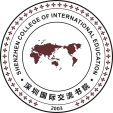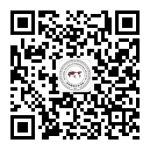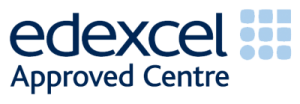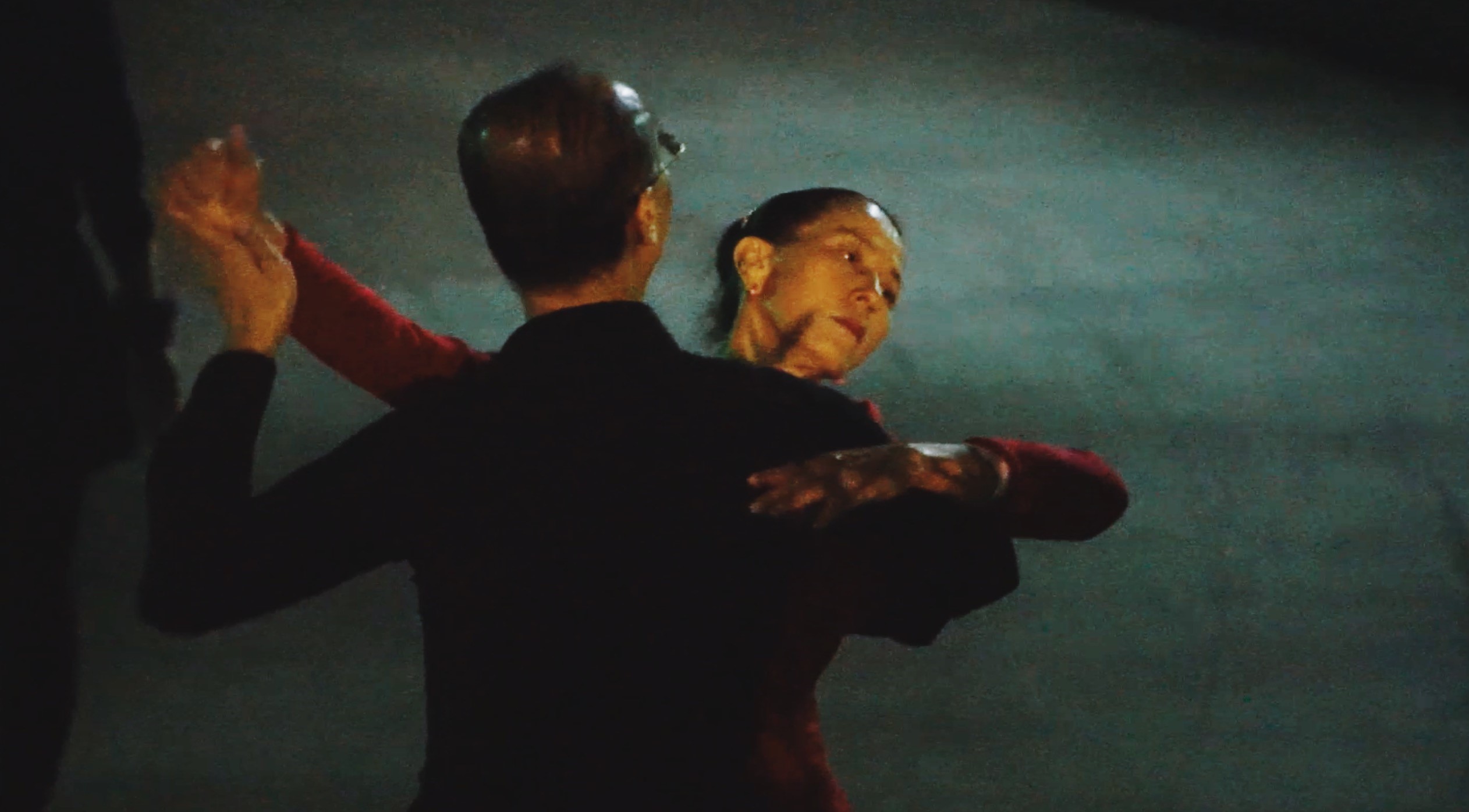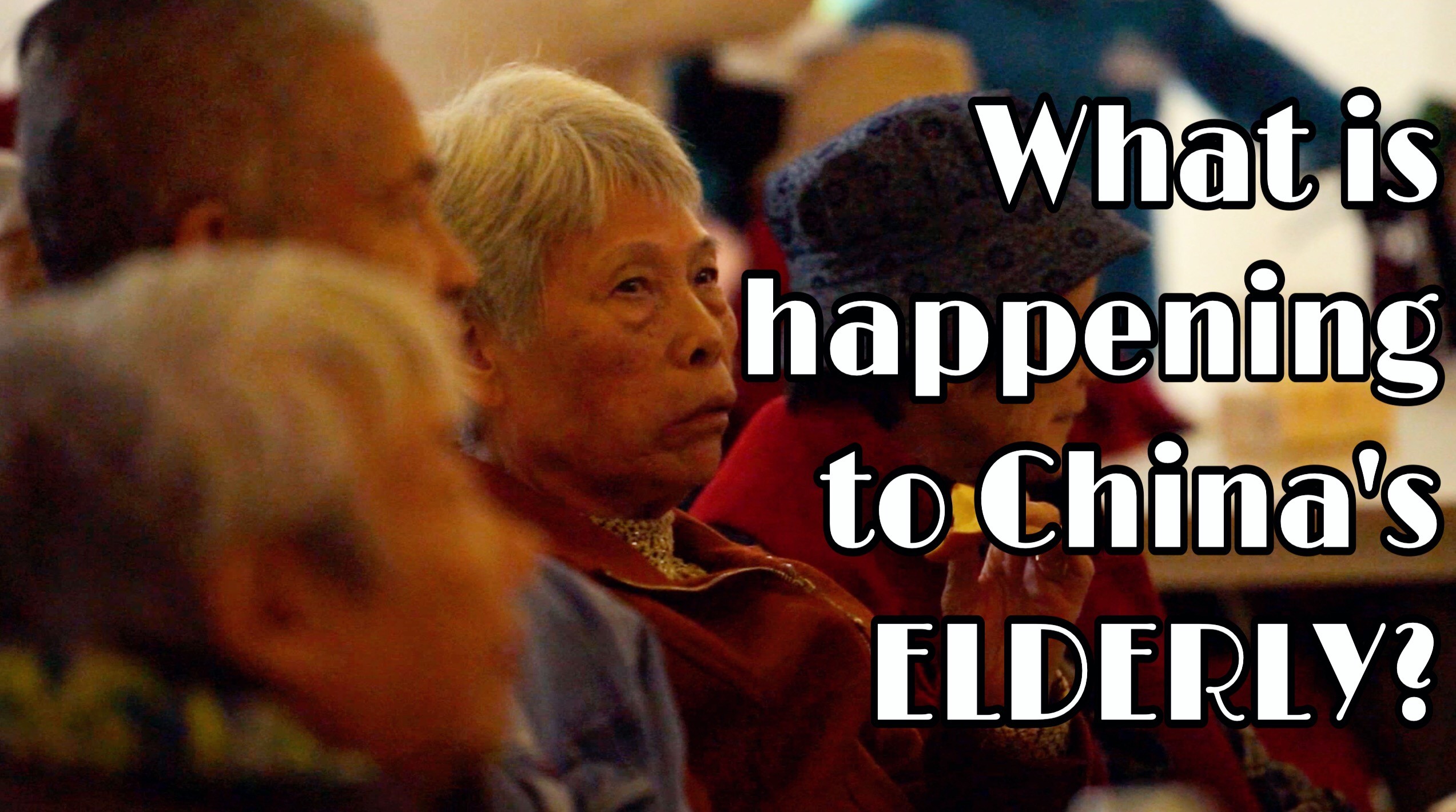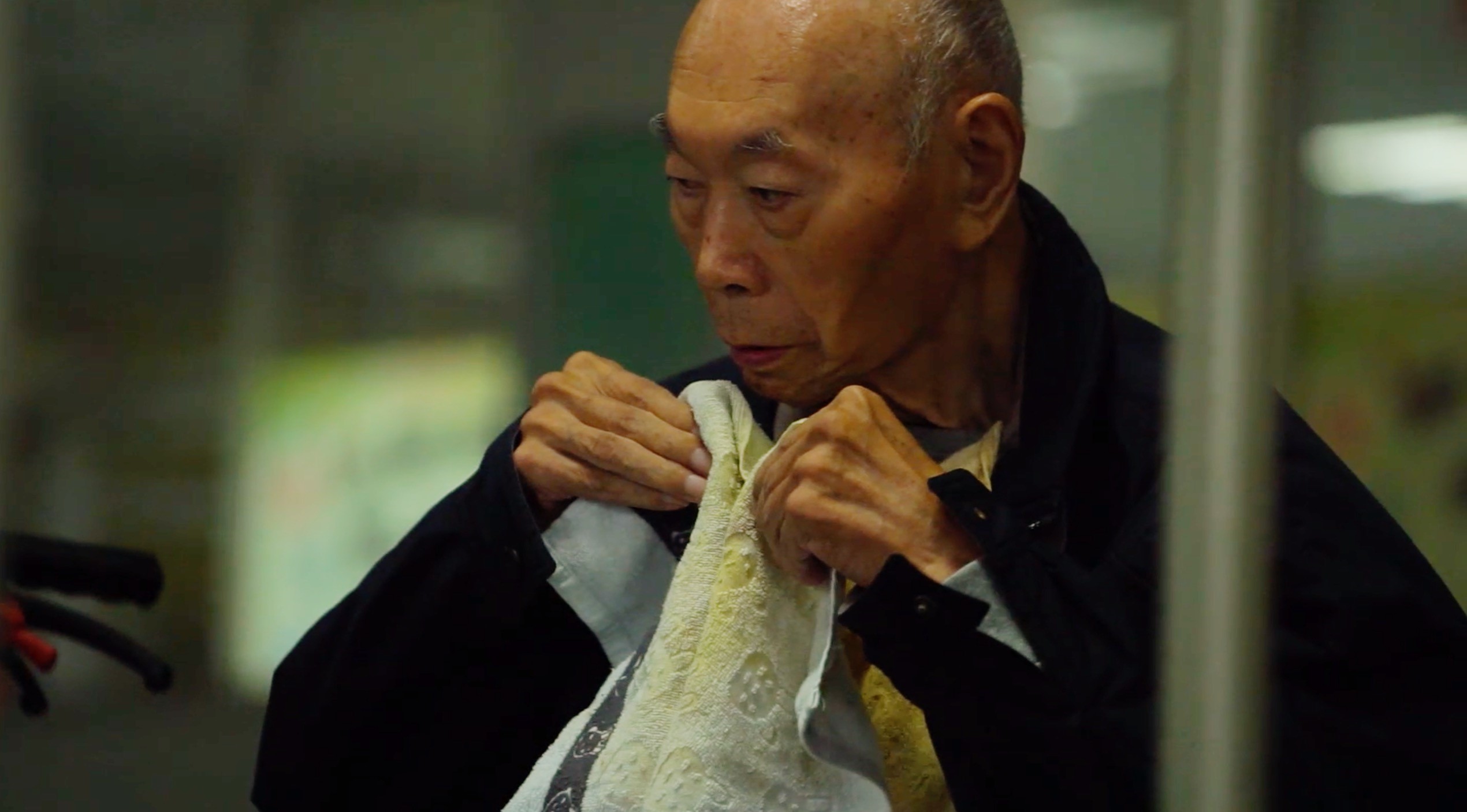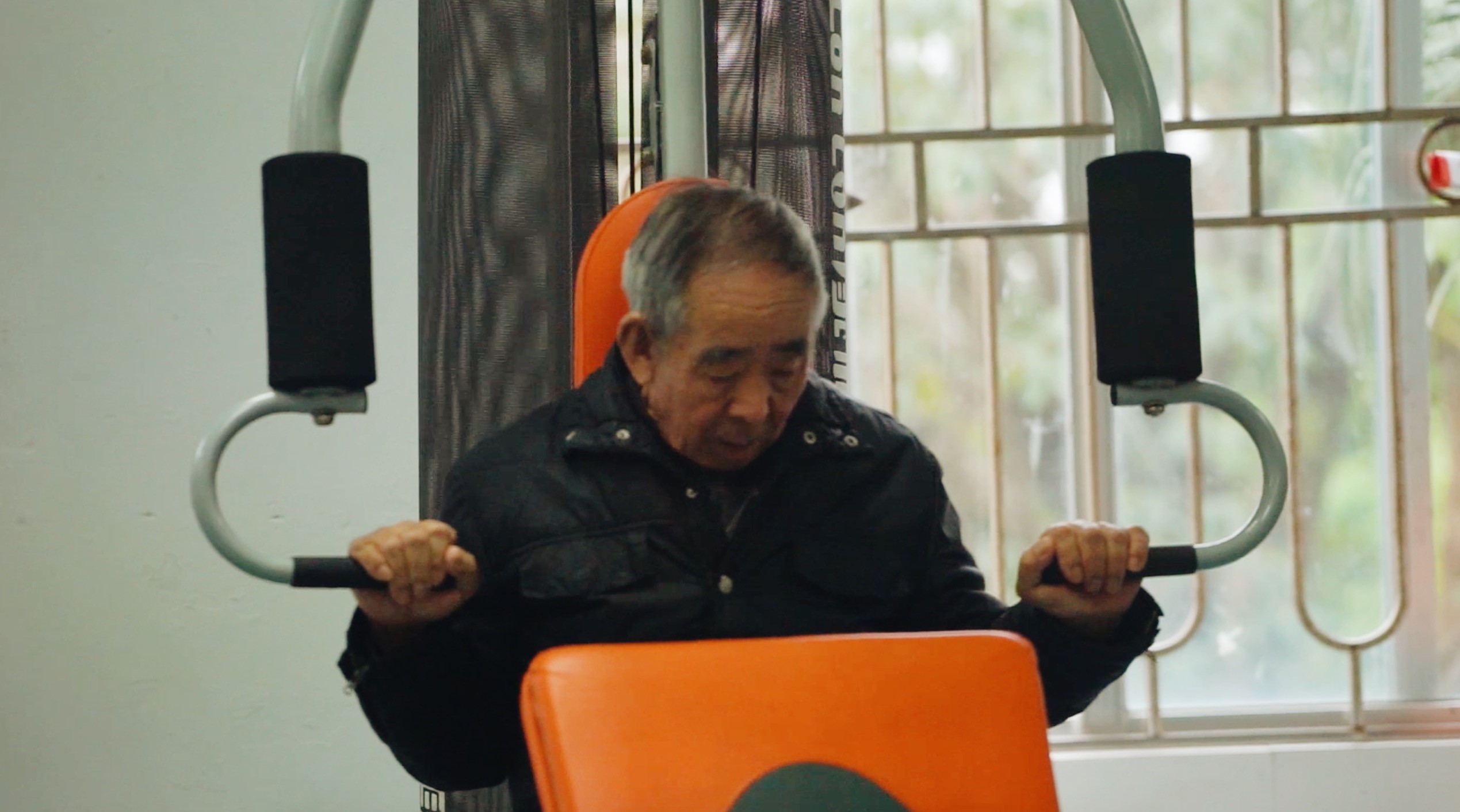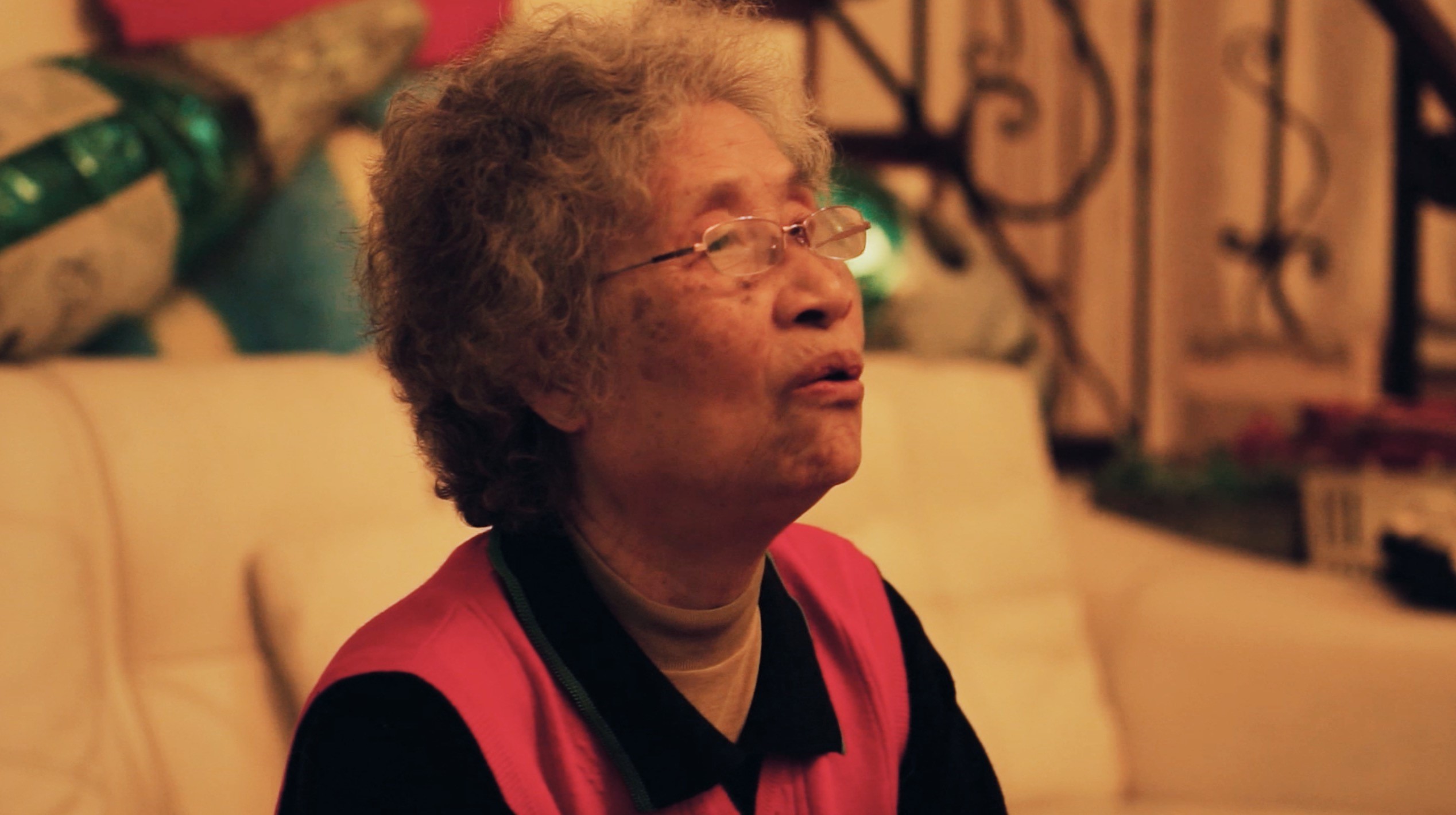It is widely known in educational literature that implementing inquiry-based learning approaches in Mathematics improved the outcomes of high achieving students. The holistic development of the human being is just as essential as their academic performance in school, in fact they go hand in hand! Students acquire essential life skills in the learning process such as critical thinking, problem solving, and collaboration. Seeing their learning in action applied to real life scenarios will further strengthen the connections they make in what they learn in the classroom to outside in the real world. That’s what we believe in the Maths department, and this academic year we made it happen — starting in the G Levels, we began the journey to providing opportunities for students to apply the concepts they learn to real life scenarios. We set up a semester-long cross-curricular summative project for our students to choose and investigate a real-life application in small groups:
G1 students chose from topics such as:
- Analyzing population migration data for Shenzhen (working with the support of Geography department)
- Building the strongest pasta bridge using various design layouts and their knowledge of physical forces
- Analyzing the effects of socio-economic status on students’ academic performance (working with the support of the A2 Sociology students who provided their time to peer mentor our G1 students).
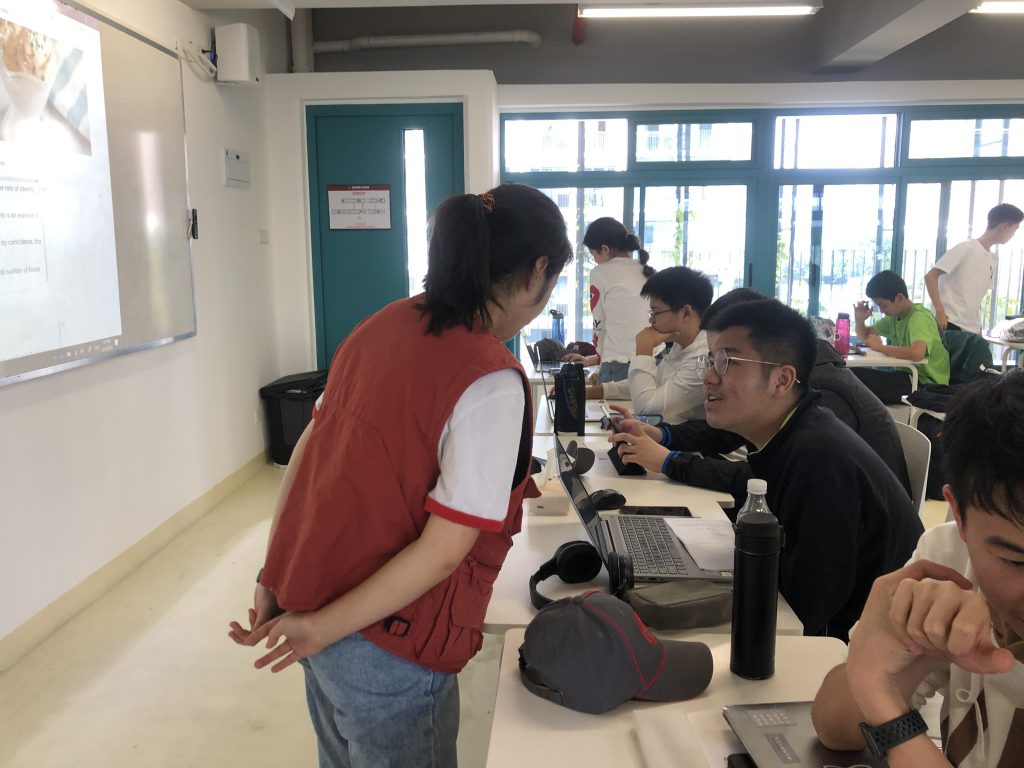
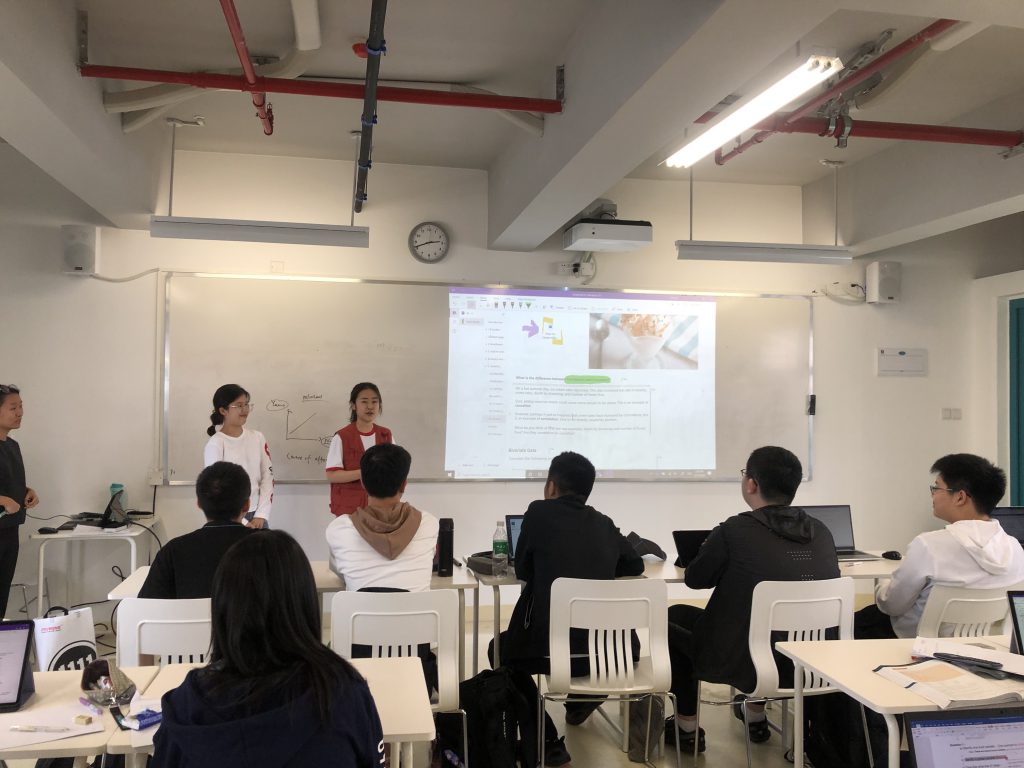
Pasta bridge was a popular project among G1 students.
Using nothing but a hot glue gun, glue sticks, and 1000g of spaghetti, students will build the “strongest bridge” amongst the year level. Weights ranging from 10g to 500g will be used to test for the bridge strength.


One group’s pasta bridge work-in-progress

Blueprint of their bridge

Testing the pasta bridge using heavy weights
Not to be outshone by their fellow G1s, our G2 students chose from topics such as:
- Forensics murder mystery with blood splatter analysis and ink chromatography, using trigonometry and Chemistry to solve the crime (the real crime scene investigation room is set up in Room 417A, come check it out!)

Ink chromatography of a suspect pen

One group of students made a film about the murder story
2. Constructing a parachute to land a 250ml water balloon that can withstand the height of our building from the second to sixth floor, applying understanding of physical forces and mechanics


3. Flattening the curve for COVID-19 using statistical modeling and computational manipulation. Directly relevant to our current situation, students will solve the greatest global issue that threatens the wellbeing of our world.
It seems both the forensic murder mystery and parachute balloon drop are popular projects.
Throughout this project, we are looking to develop leaders starting within our younger year levels to promote the mindset of holistic learning and project based learning, where students dare to think outside the box and challenge previous ideas, understanding that every discipline is inter-related as opposed separate entities.
Here are some remarks from our teachers witnessing the project in action:
“Autonomy is a greater driver of motivation than rewards and punishment. In G1 Project based learning classroom, students are involved in the entire process from conception to completion. They ask original questions, research topics and complete projects of their own choosing. Such autonomy provides our students a strong sense of independence, ownership and self-worth.” – Ms. Tifa Fu (G1 Maths Teacher)
“Students in G level classes are given an opportunity to work in groups. Learning in groups is more effective in terms of academic success comparison to competitive and individualized learning systems. Group work also encourages students to discuss opinion, criticize constructively, take leadership roles and respect different approach. It is clearly evident from some excellent project outlines that the students are working collaboratively.” – Ms. Hardeep Kaur (G1 and G2 Maths Teacher)
“This is a group of young and energetic students.Their ability is beyond your imagination. They are organized in orderly way and marvelous in creativity.” – Mr. Henry Liu (G2 Maths Teacher)
“To complete this project successfully, my students need to do a lot of teamwork. They have demonstrated their potentials on organizing activity, effective communication, and interdisciplinary knowledge application. I am impressed by my students, I think they have more abilities than we know and we expect.” -Ms. Jane Yang (G2 Maths Teacher)
“In all areas of human development whether that be industry, medicine, technology people group together, apply their skills to a shared goal, and challenge and inspire each other to create innovative solutions. Learning to work in a group is an essential skill for all learners.” – Mr. Liam Madden (G1 and G2 Maths Teacher)
“It is great to see the students having the opportunity to realize that the solution to a real-life problem is likely to require skills, knowledge and understanding drawn from a wide range of subject areas simultaneously and that all knowledge is inter-related. In addition, a project-based approach to their learning enables them to develop the critical key skills such as reflection, collaboration and communication, all of which will be required for future study and employment in jobs that potentially haven’t even been thought of yet. Finally, they get to realize that not all problems in mathematics are likely to be solved in a short period of time.” – Mr. Gerry Docherty (G1 and G2 Maths Teacher, Assistant Academic Principal)
SCIEers, the future of our world is in our classrooms today. Providing them with opportunities to apply their learning, analyze and evaluate real life situations will better prepare them for success in life. This doesn’t just apply to Mathematics, we encourage all disciplines to collaborate with us in the hopes of providing a more well-rounded learning experience for our students, and ultimately the betterment of our society.
- Article / Tina Wang (Head of Subject-GL Mathematics, Teacher of Mathematics)
